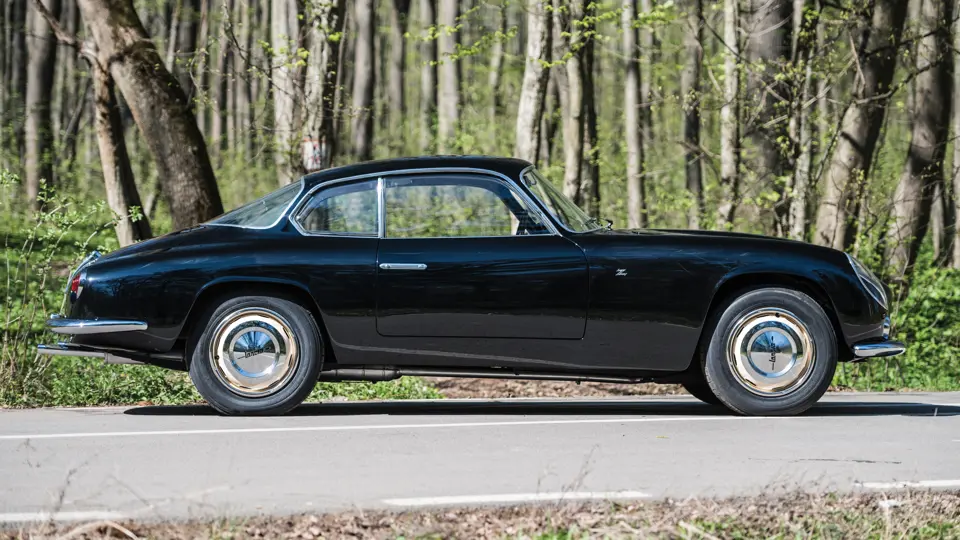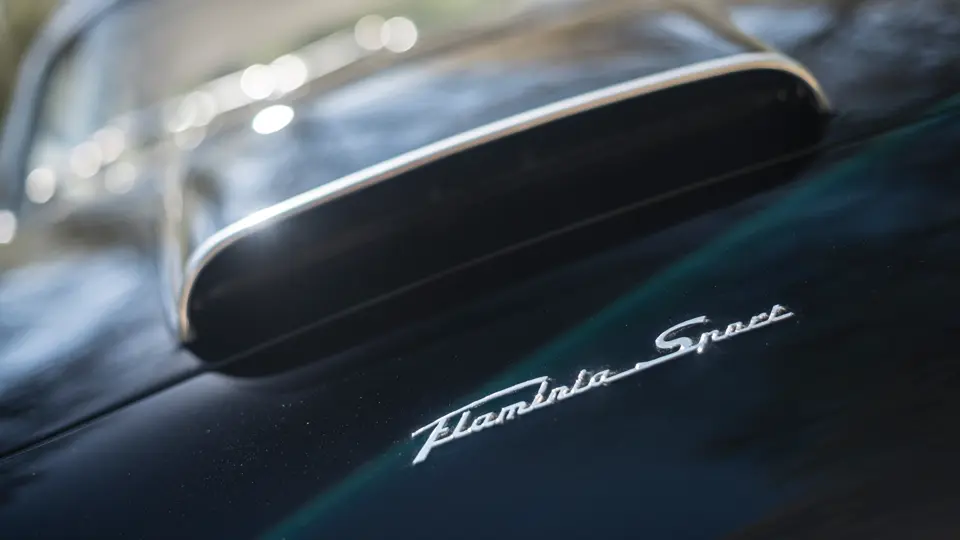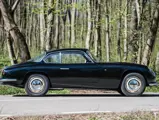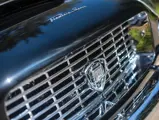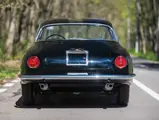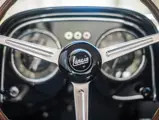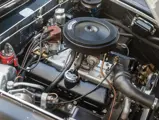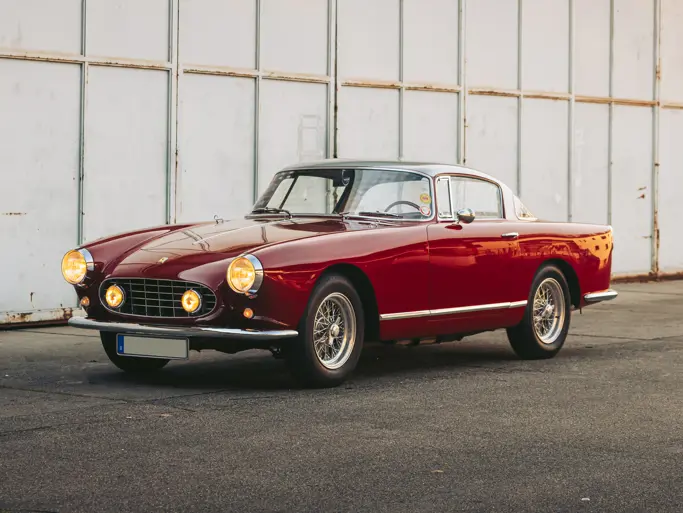119 bhp, 2,458 cc DOHC V-6 engine with a Solex carburettor, four-speed manual transaxle, independent front suspension, rear de Dion axle with leaf springs and Panhard rod, and four-wheel hydraulic disc brakes. Wheelbase: 2,520 mm
In the post-war years, Lancia had been responsible for producing some of the most technically advanced, sophisticated, and not least elegant cars in the world. Recognising the need to breathe new life into their model line, however, the Turin-based automaker reconnected with Carrozzeria Pinin Farina to produce the Florida Saloon, an Aurelia-based concept car that debuted at the Turin Auto Salon in 1955. Public reaction to the Florida was overwhelmingly positive, and Lancia soon approved a production version, which was eventually dubbed the Flaminia, and it replaced the Aurelia as the company’s flagship model.
The Flaminia was initially built only as a berlina, but a Pinin Farina coupé eventually became available, and it experienced immediate success. Three years later, at the Turin Salon, the company introduced two sportier versions with shortened wheelbases: the Flaminia GT and the Flaminia Sport. The first was designed to be a grand tourer built by Touring, of Milan, while the Flaminia Sport was bodied by Zagato. The Sport Zagato was the work of Ercole Spada, creator of some of the most memorable Zagato designs. Spada created a car which included a number of the firm’s hallmark styling cues, such as a sinewy, curvaceous body, covered headlamps, a central bonnet scoop, and the signature double-bubble roof, in keeping with his preference for soft, fluent, and aerodynamic lines.
The Flaminia’s body was fashioned in lightweight alloy panels; Zagato’s coachwork endowed the sporty Lancia chassis with improved aerodynamics and distinctive good looks. Just 99 examples of the first Flaminia Sport with covered headlamps were constructed before the design was modified, and these earliest Sports remain the rarest and perhaps most sought-after of the three versions that were built before production ended in 1967.
Chassis number 1057 was originally finished in white with a red interior and is believed to have spent a portion of its life in the United States before being restored by its current European owner. During restoration, the current owner chose to repaint the car in the stunning combination of gleaming jet black over a two-tone grey leather interior. Inside, the car is fitted with beautiful Zagato-style lightweight seats, contrasting perfectly with the interior’s minimalist dials and a large wood-rimmed Nardi steering wheel. Following its comprehensive restoration, the Lancia’s legendary V-6 reportedly runs very well, and the car is said to be ready to be used and enjoyed by its next owner.
These exceedingly rare cars very seldom come onto the market; thus, this is a great opportunity for a discerning collector to acquire one of Zagato’s most accomplished creations.
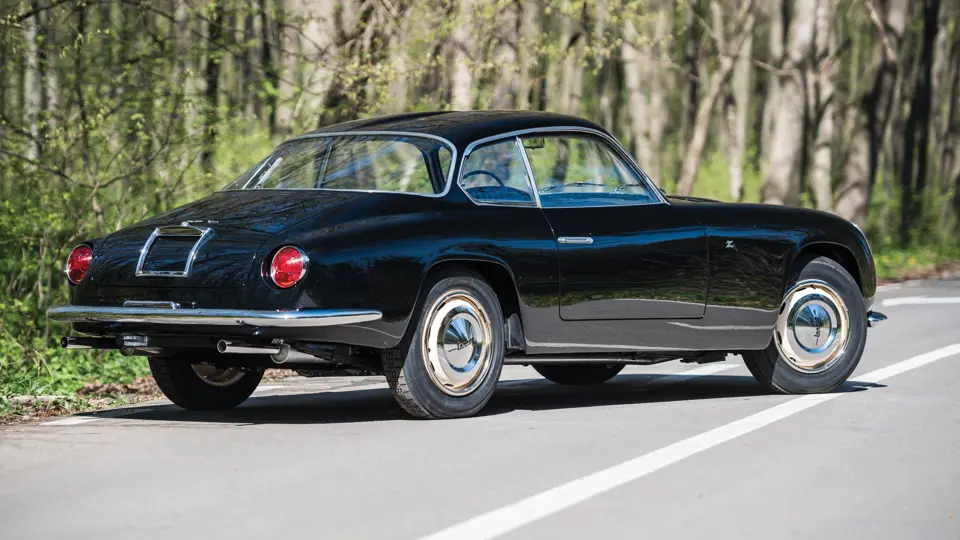




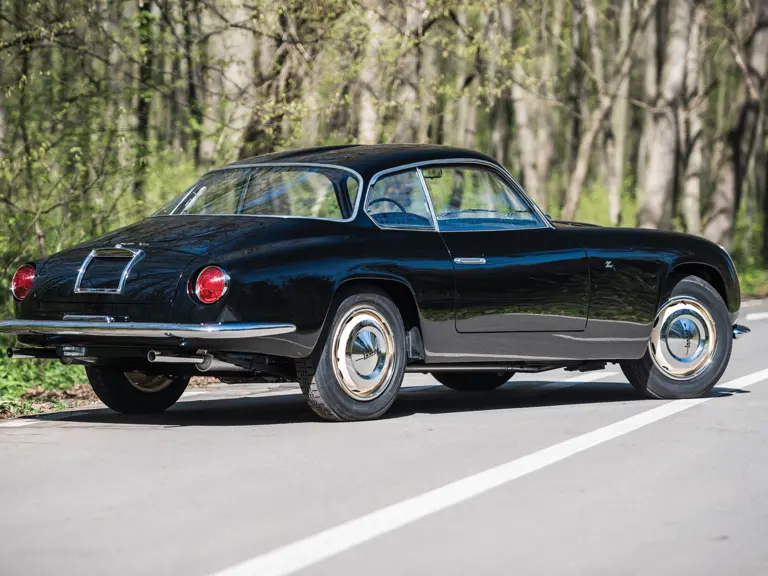
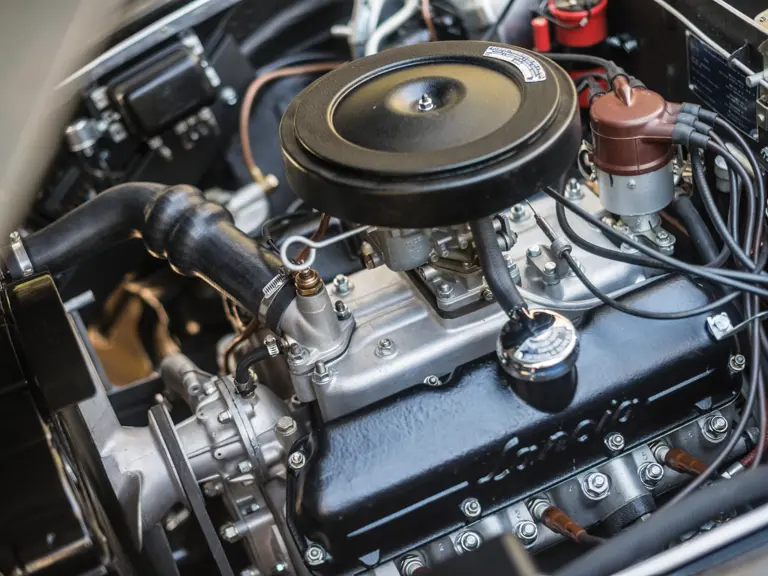
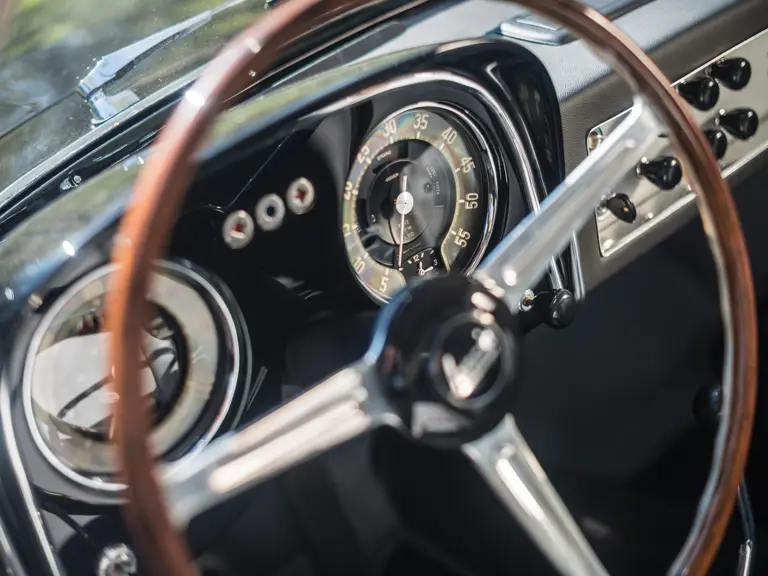

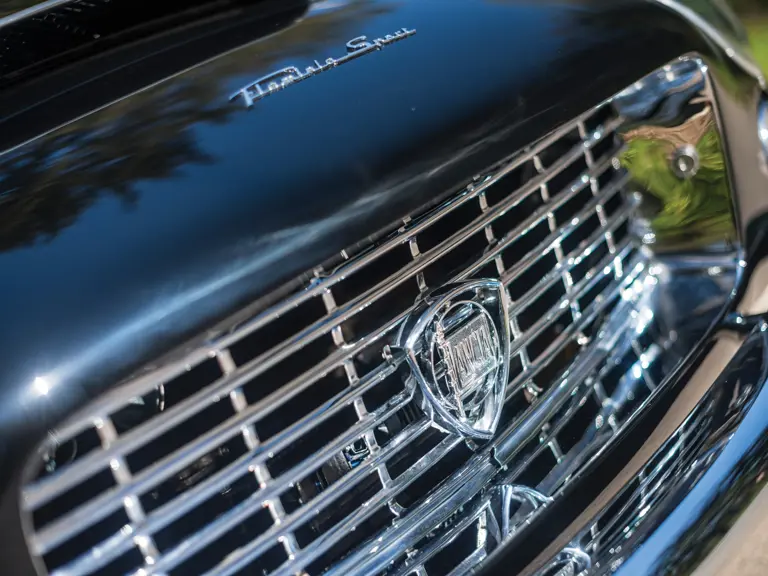
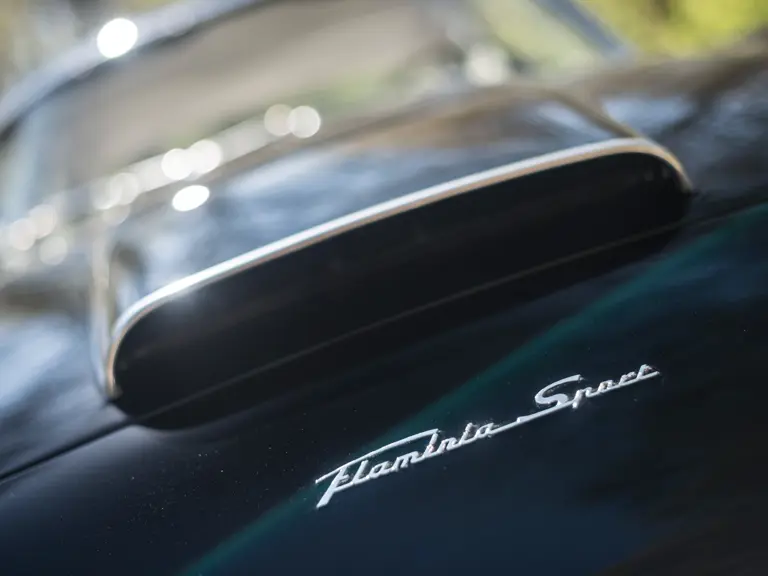
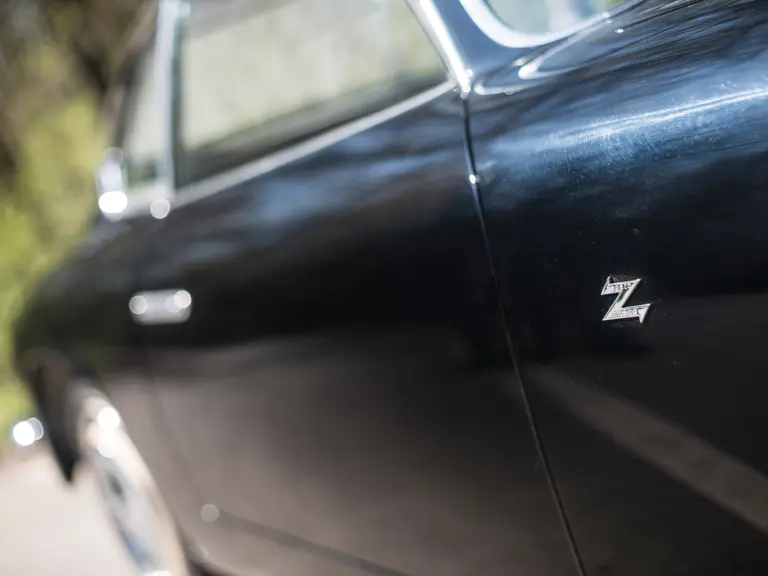
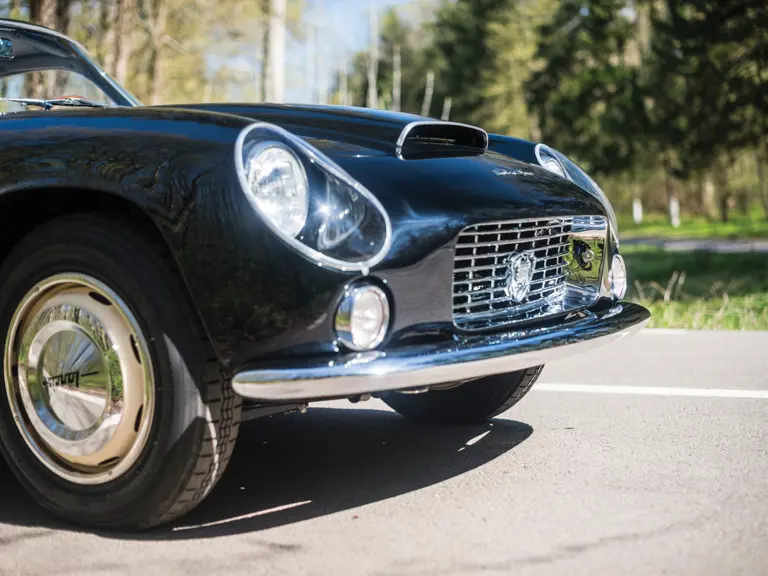
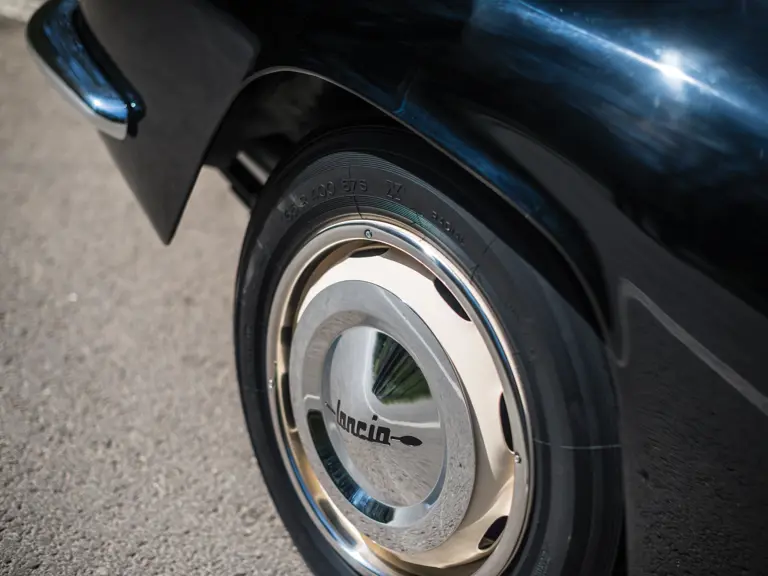
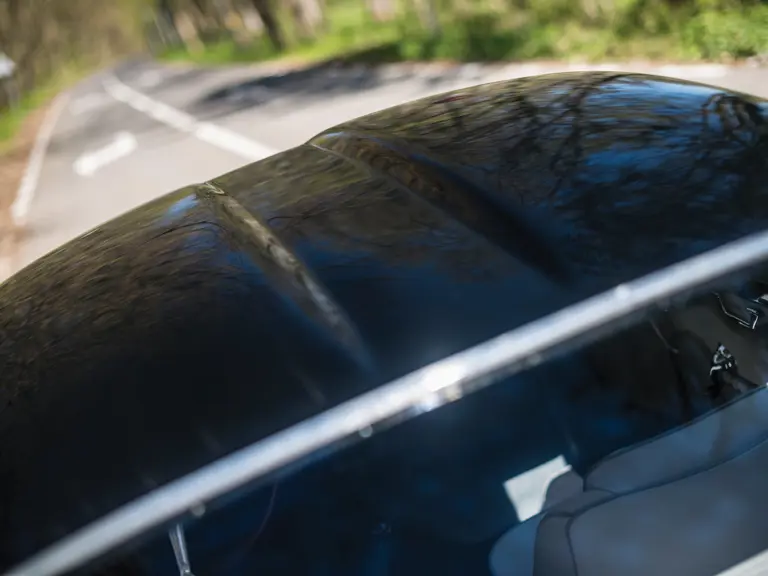
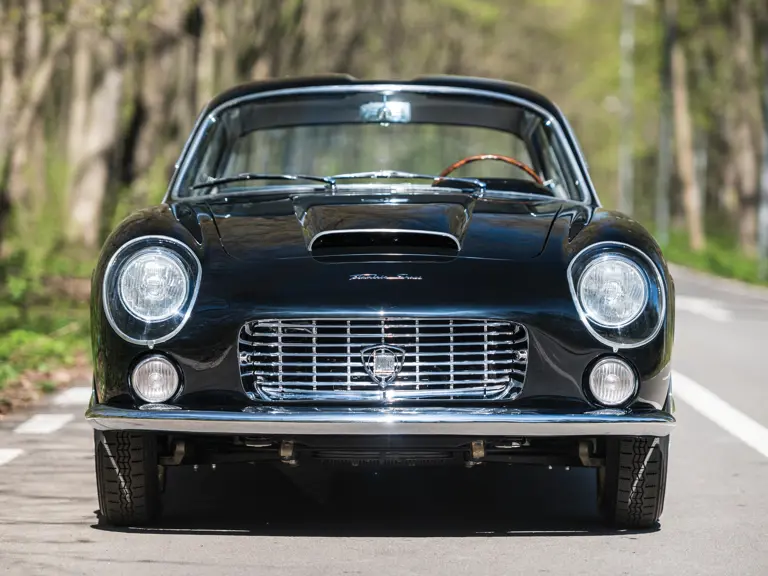
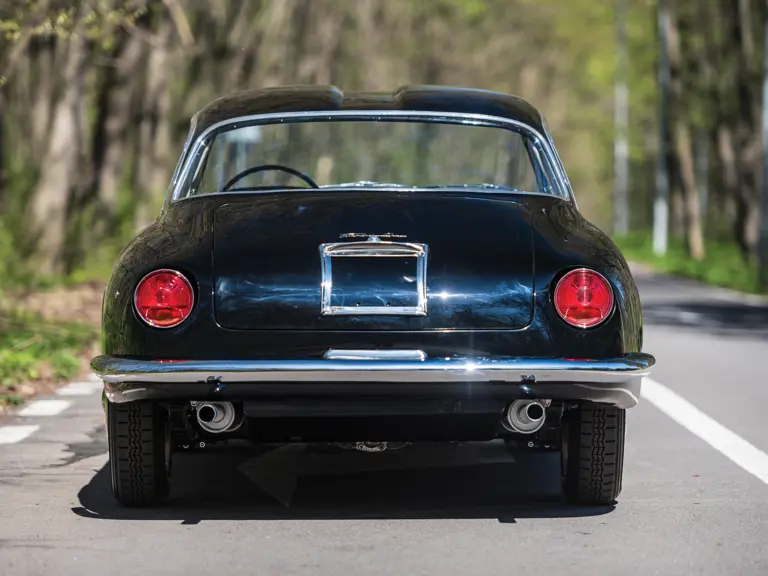
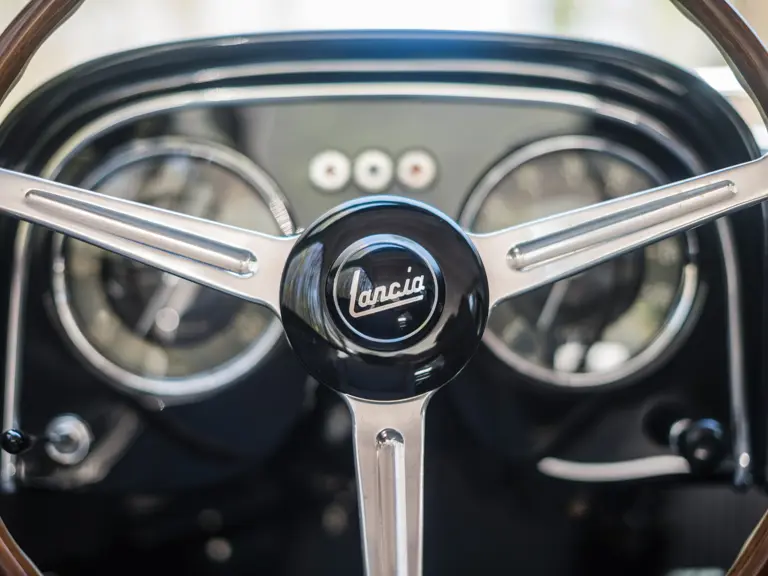
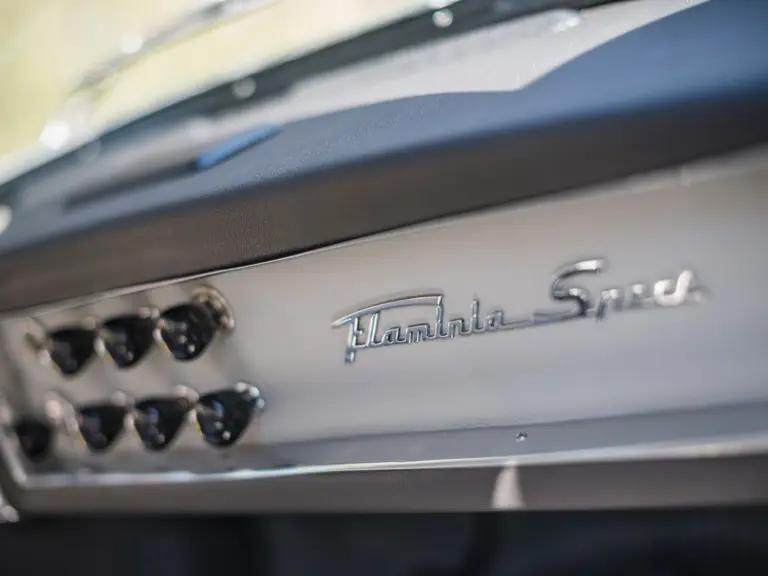

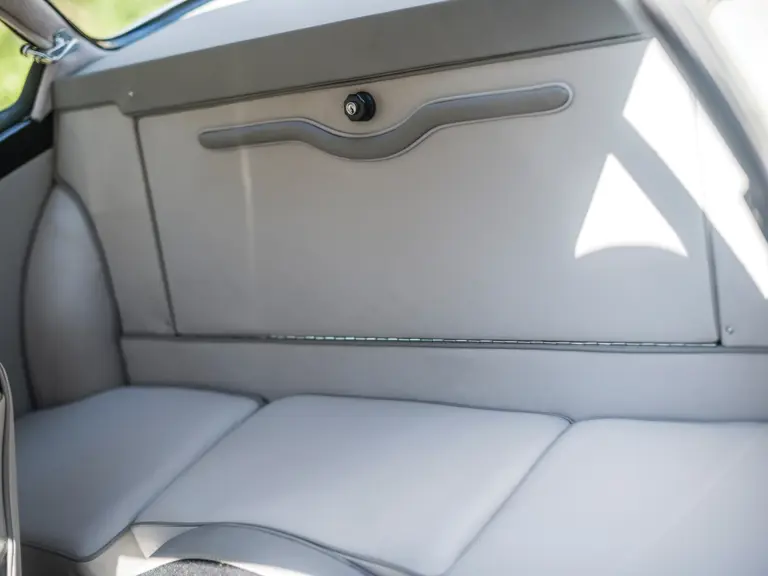

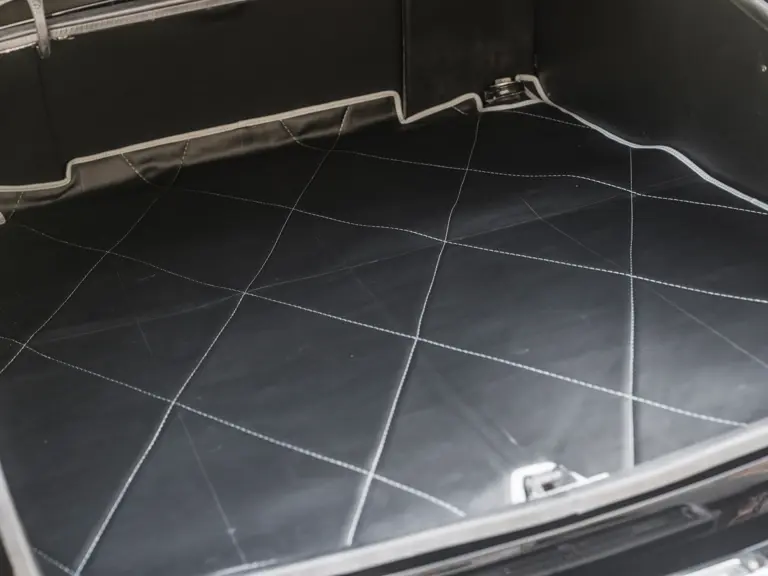

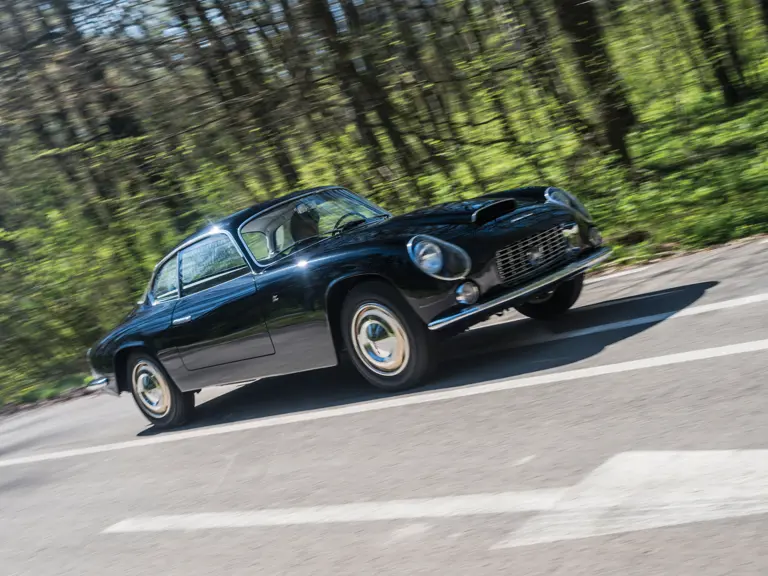

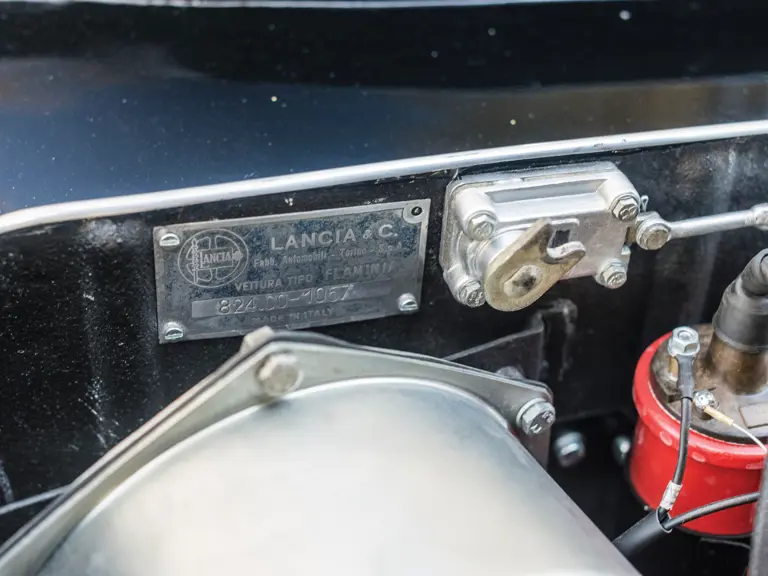
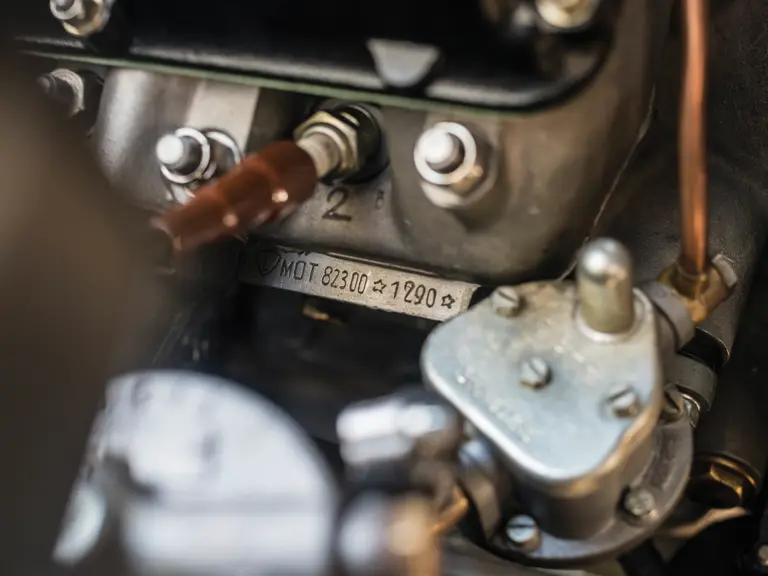
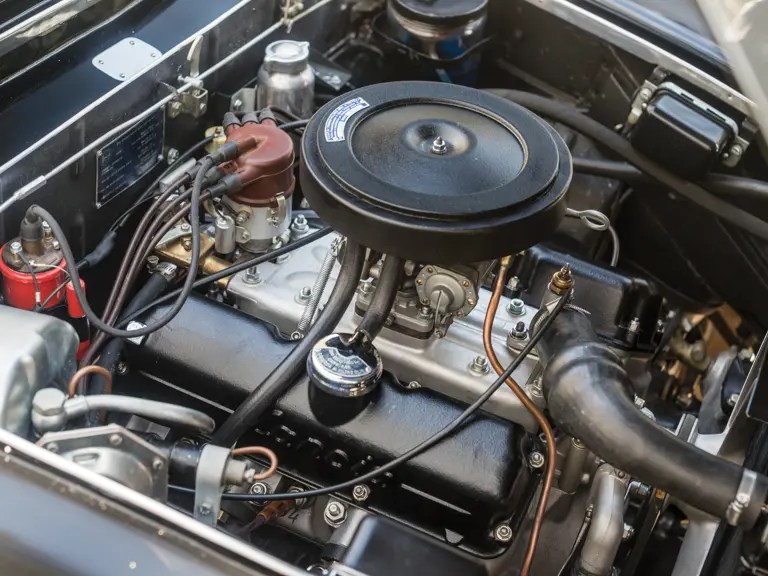

 | Monte Carlo, Monaco
| Monte Carlo, Monaco
